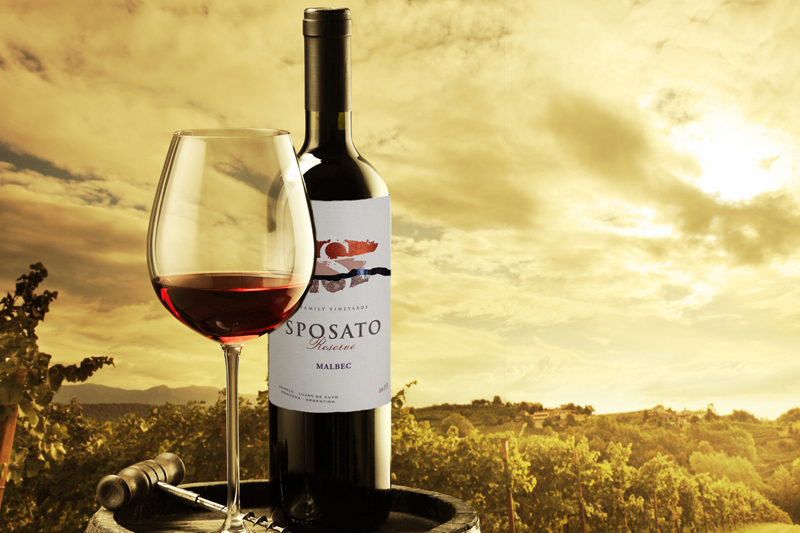Tip of the corkscrew to Teller Wines, Lewes and its new library, and a large collection of public-spirited distributors and local restaurateurs who put on a very lovely wine and food charity extravaganza this past Saturday. Great job, folks!! I think this was the 4th annual Teller Wines Expo. I am an habitué of Rehoboth's library due to proximity, and I'm embarrassed to say this was my first visit to the new Lewes library. It is quite nice and very modern. The folks working on Saturday were well versed, attentive and hospitable. Lewesites should be proud of the operation.
Since Easter is fast approaching, maybe some affordable wine selections to accompany lamb are in order. Here is a rule of thumb on wine: Look at the region’s primary food sources. Farmers propagated the varietal grapes that made wine to enhance their primary source.
This evolution is germane to many regions. Seafood wines normally originated in river and estuarine regions. Rich, dry whites developed in poultry- and pork-producing regions, think Alsace. Champagne blending and processing most likely was developed due to the cold climate and the lack of ripeness which so often occurs in the region. Regular readers will remember that bubbles were discovered accidentally, and the Dom Perignon story is suspect. About 20 years ago, I made these points in an article and several called me into question. Using Italian wine as an example, these folks claimed the pasta and tomato sauce connection to the red wines of southern Italy. To be quite frank, I was persuaded but decided to do a little research. The truth is, tomatoes originated in the Americas and were not part of the European diet until the very late 17th and more prominently the 18th century. Even then, they were more of an ornamental item. Most food historians claim the first written reference to the tomato's use as food was a Neapolitan recipe book from the 1690s. At this point the Italian wine industry was about 2,000 years old.
This Easter, try this "Greek" lamb recipe. Remove and save the mesh web from a boneless leg of lamb (or bone and tie it yourself), then marinate in a mixture of red wine, olive oil, garlic, lemon juice, and rosemary for two days. Re-roll into mesh. Smoke at very low temp, about 175-185 degrees for an hour. Add extra flavor by dropping sprigs of fresh rosemary onto coals for aromatic smoke.
Prepare one day ahead; cover lamb and chill. On Easter, place into oven and bring to desired doneness; I prefer about 135 degrees. Serve with one of the following. El Coto, Coto de Imaz Rioja Gran Reserva is a lovely Tempranillo from Spain. The 2008 rates 89 points and the 2010 is 91, at approximately $38.
These do not appreciate much in price but the wine itself definitely does. I saw some 93-point 2005 for sale at $40.
The producer is a principled sort who holds his wine for several years before release. Both the ‘08 and ‘10 were lovely. Two other choices, both from Sposato, are the Reserve Cab and Reserve Malbec; both would go well with lamb or beef. I sampled them at the library. Both cost under $20.
The Malbec Riserva 2014 is oak aged 14 months; it has a lovely raspberry and violet nose with hints of violet and barrel spice, sweet tannin support and pleasing fruit/acid balance. The 2014 Cab Riserva spent 12 months on oak and has a black currant nose, with some barrel-driven vanilla and chocolate on the palate. It is full-bodied with a long, clean finish.
Finally, some housekeeping. If you bought a case of 96-point Chateau Leoville Las Cases Grand Vin de Leoville 2009 on spec, sell them now and roll up into two cases of the 96-point 2015. It is likely the 2009 may even gradually decline in value going forward. Price from here on the 2009 is time value of money until 2025. The 2009 more than doubled, and I'm expecting the 2015 will also. This strategy basically provides a case free. Please be advised, this practice is not recommended for those who are not careful with their husbandry or have "utes" still living at home.















































